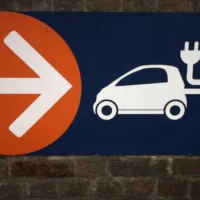Belgium (The Brussels Morning Newspaper): The European Union is introducing two important changes for travel to Europe in a few weeks.
These are:
EU Entry/Exit System (EES), which is planned to launch on 10 November in 2024 and
European Travel Information and Authorisation System (ETIAS), due in mid-2025.
For those planning to travel later this year the UK-based Association of British Travel Agents (ABTA) has produced some guidance on what travellers need to know about the upcoming changes.
The EU Entry/Exit system is a new electronic system that will replace the physical stamping of passports when people go through passport control when arriving in and departing from their destination.
It will register all entries and exits to and from the participating European countries, which basically means it will register someone’s movements every time they cross a border in or out of the EU/Schengen area.
Once the new system is live, when someone goes through passport control on their arrival to, and departure from their destination, as well as providing a passport you will also need to have a photo of your face taken and your fingerprints scanned.
The EU has a target date of 10 November for the EES to go live.
The new rules, adding ABTA, will apply to those travelling for a short stay, from what the EU call a ‘third country’. This is people who are not an EU citizen or a citizen of the Schengen area.
So it will apply to most people travelling from the UK.
ABTA states that short stay refers to visits, holidays or business trips that have a duration of up to 90 days and are taken within a 180 day period.
The vast majority of travel between the UK and Europe will be classed as a short stay.
Irish passport holders are exempt from EES.
If you are a British passport holder but have EU residency, you are also exempt from EES.
People of all ages will need to go through the EES checks, however, children under 12 will not need to provide fingerprints but they will need to have a facial scan taken, says, ABTA.
In most cases, the EES checks will take place in Europe – when you arrive at your destination airport or port, and when you leave at the end of your trip.
However, the association states that if you are departing via the Port of Dover or via international train from the UK (London St Pancras and Folkestone), then these checks will happen when going through the passport control in the UK, on your departure.
This is because there is a dual border – both British and French borders – at these locations.
However, you won’t need to do these checks again when the date comes into force. This means you do not need to have an ETIAS to travel to Europe at the moment.



